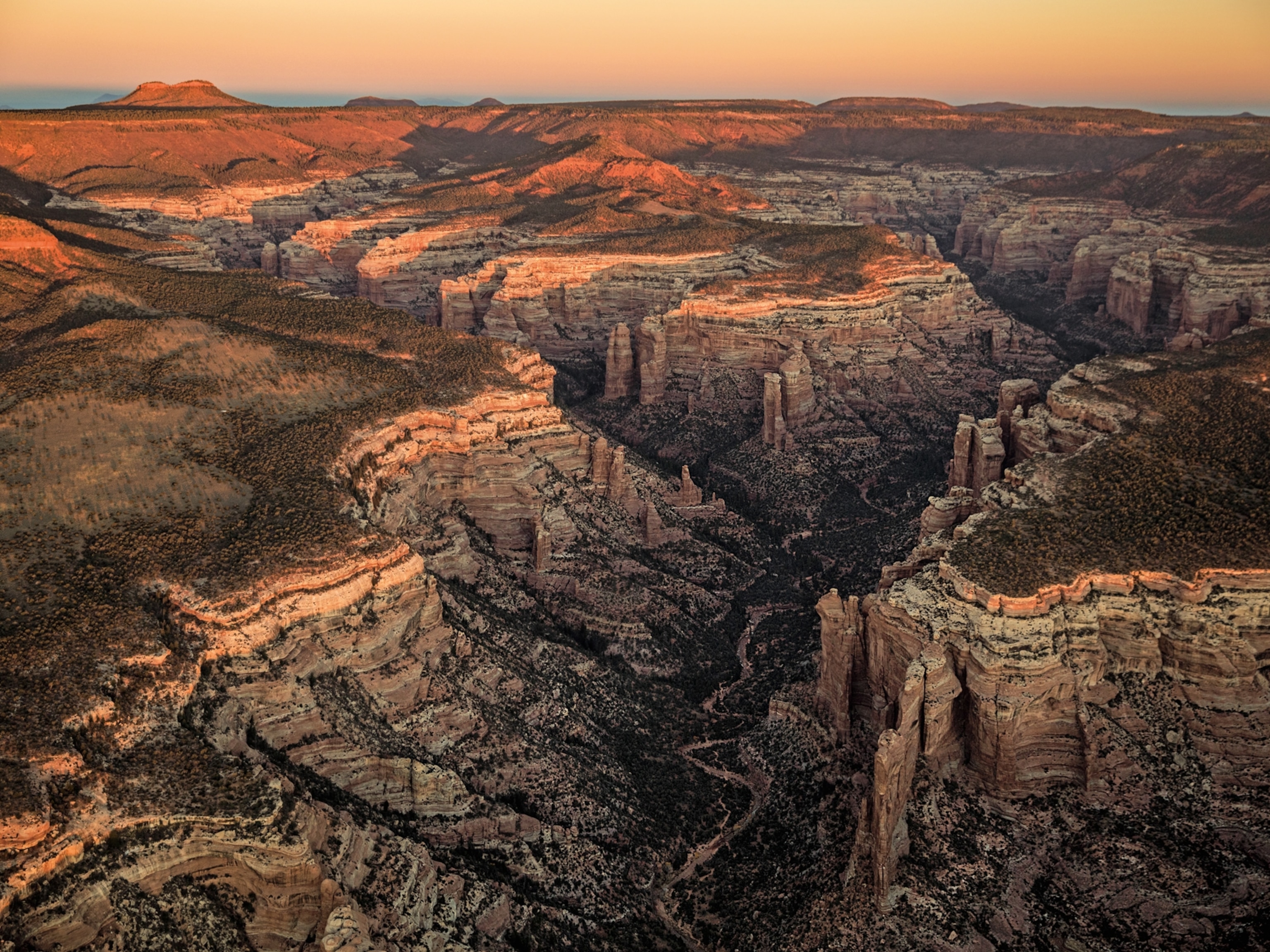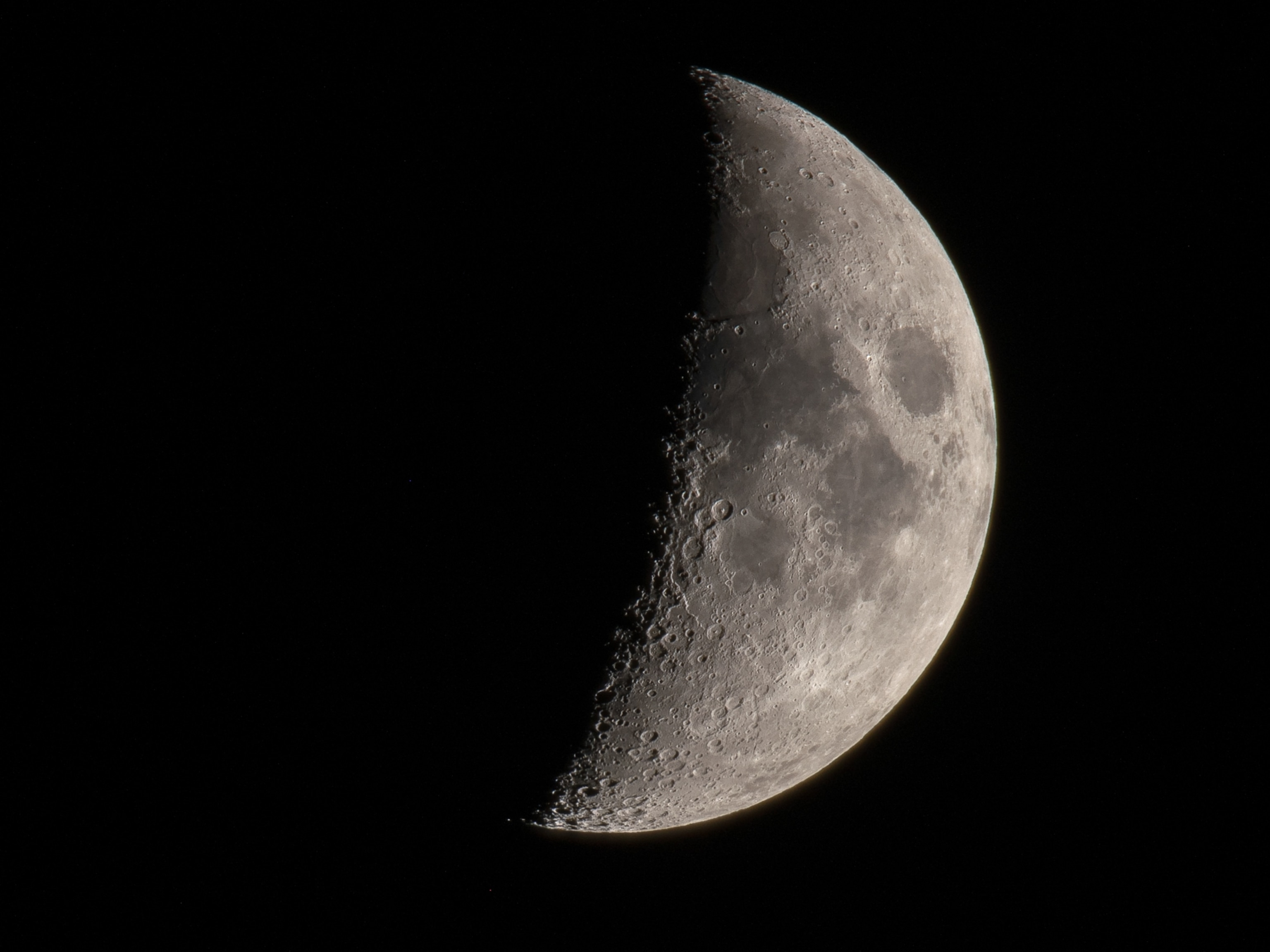
Can We Engineer an American Chestnut Revival?
Perhaps the most quoted line about a chestnut tree in all of American history is Henry Wadsworth Longfellow’s “Under the spreading chestnut tree/The village smithy stands” from “The Village Blacksmith.” In 1842, when Longfellow penned his poem, the American chestnut (Castanea dentate) was in its prime.
By the 19th century, it was one of the most abundant trees in the eastern forests—one out of every four trees was a chestnut—and chestnuts provided homes and food for a host of wildlife, among them the long-gone passenger pigeon, once the most common bird in North America, with a thriving population five billion strong. According to some accounts, chestnuts once lay so thick on the ground that people scooped them up with shovels.
The fruit of the chestnut tree is a fat green bur, studded with sharp spikes and resembling nothing so much as a miniature medieval weapon of the sort once used by aggressive knights to crush each other’s skulls. The bur splits open spontaneously in the fall when the nuts are ripe, releasing two to four mature seeds, glossy brown, and usually flattened on one side due to being squashed inside the seed case.
Chances are good that none of us has ever tasted an American chestnut. The chestnuts found in supermarkets today are European sweet chestnuts (Castanea sativa), often nicknamed “Spanish chestnuts,” though most actually come from Italy.
The Romans are generally credited with cultivating C. sativa and distributing it across Europe. (A reputedly Roman-planted tree—known as the “chestnut of a hundred horses” because of its gargantuan girth—survived in Sicily until 1850.) Chestnuts were a common treat in Shakespeare’s England: the chestnut-deprived three witches in Macbeth whipped up a storm at sea because a sailor’s wife had rudely refused to share hers.
On the other side of the Channel, elaborately candied chestnuts or marrons glacéselaborately candied chestnuts or marrons glacés were favorites of Louis XIV, who had a sweet tooth. In the 18th century, formal dinners were often rounded off with chestnuts, served to diners in tureen-shaped porcelain chestnut baskets, with pierced lids to allow for escaping steam.
By all accounts, however, the American chestnuts were bigger, sweeter, richer, and altogether more delectable than these European cousins—which means that the Francophilic Thomas Jefferson, who insisted on importing “French chesnuts” to Monticello, was missing out on a good thing. Dozens of early American recipes incorporated chestnuts in everything from turkey stuffing to soup, bread, porridge, polenta, and pie.
Such large and luscious chestnuts are no longer around today. Their nemesis was chestnut blight, a disease caused by a fungus, Cryphonectria parasitica, that seems to have reached North America in company with a batch of fungus-resistant Japanese chestnut trees imported to New York in 1876. Once here, C. parasitica moved fast—for a fungus. By 1904, New York’s chestnut trees were dying; by 1907, trees were kicking the bucket in New Jersey. By the 1920s, blight was devastating the chestnuts of Pennsylvania and Maryland; a decade later, it had reached Ohio and North Carolina. By the 1940s, over four billion American chestnut trees were dead and the species had been declared all but extinct.
There are still survivors of a sort. C. parasitica generally limits its destructive activity to the above-ground portion of the tree, leaving the roots untouched. From the still-healthy roots, hopeful chestnut sprouts continue to emerge, forming youthful circles around the corpses of their parent trees. They seldom make it through puberty, however, succumbing to blight themselves long before they reach their fruit-bearing years.
Until recently, the best strategy for saving the American chestnut has involved creating hybrids with the smaller and less impressive—but blight-resistant—Chinese chestnut (Castanea mollissima). Research from the State University of New York’s College of Environmental Science and Forestry (SUNY-ESF), however, using genetic engineering techniques to generate transgenic trees, suggests that we may at last be on the verge of bringing the American chestnut back.
The SUNY project, spearheaded by plant pathologist William Powell, has created an array of blight-resistant genetically modified chestnut trees. Powell and collaborators accomplished this by inserting a wheat gene into the American chestnut genome that codes for the enzyme oxalate oxidase, a compound that effectively zonks the invading C. parasitica fungus. The transgenic trees appear to be as resistant to chestnut blight as the impervious Chinese chestnuts, though otherwise their genetic makeup is almost entirely that of conventional American chestnut trees. (For more on Powell’s work, see Resurrecting a Forest.)
The next step, Powell and colleagues agree, is to obtain permission from the U.S. government before attempting to return the transgenic chestnuts to the environment.
Admittedly, these new trees aren’t quite our great-grandma’s chestnut trees.





